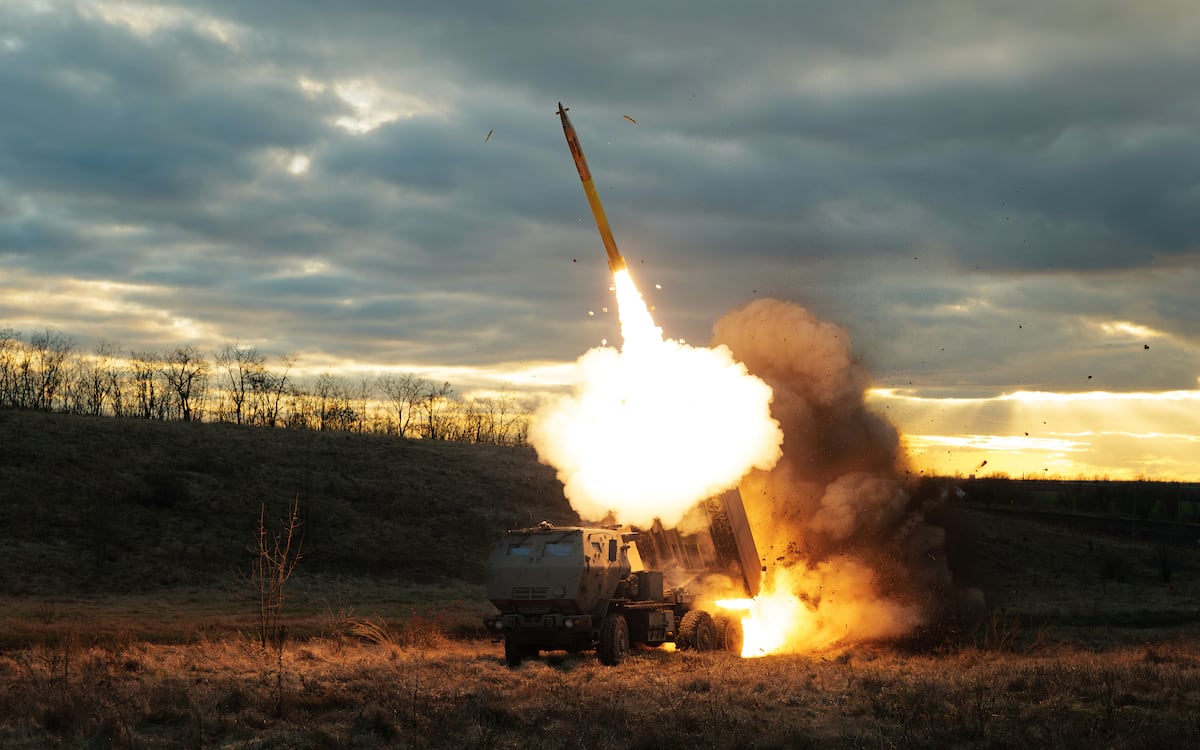Ukraine Takes Bold Steps with NATO Weapons
The Ukrainian Armed Forces have already started using NATO weapons against targets within Russian territory, marking a significant escalation in the ongoing conflict. On June 1, just a day after receiving approval from the United States, short-range rockets fired from an American HIMARS launcher destroyed at least one Russian air defense battery 32 kilometers from Ukrainian territory. Images and videos of the aftermath began circulating on social media, corroborated by various sources, including Ukrainian and Russian media outlets. Ukrainian officials confirmed that the targeted system included advanced S-300 and S-400 anti-aircraft units, demonstrating effective use of American equipment.
Intense Diplomatic Efforts and Conditions
Ukraine's intense diplomatic efforts to persuade its Western allies to lift restrictions on using their weapons beyond Ukrainian borders have paid off. Germany, France, and the United States granted conditional approval, allowing strikes against military objectives in Russian areas contiguous to Kharkiv and Sumy. The condition was that these strikes would employ shorter-range weapons and exclude the use of long-range missiles like ATACMS. The constraint aligns with the broader strategy to mitigate civilian casualties while targeting Russian military assets effectively.
Strategic Attacks on Crimea and Supply Lines
In another bold move, Ukraine has targeted Russian supply lines to Crimea using American weaponry, further straining Russian logistics. The Kerch ferry port, a critical supply point for Russian forces, came under attack, resulting in significant damage to two ferries. The operation employed ATACMS missiles, which have a range sufficient to hit targets deep within occupied territories. This marks a part of Ukraine’s broader strategy to disrupt Russian supply lines, including the Kerch Bridge and other logistical routes. Ukraine’s persistent targeting aims to reclaim Crimea, a key strategic goal since the region's annexation by Russia in 2014.
The Broader Impact and Future Implications
These strategic attacks have had a notable impact on Russian operations, signifying a shift in Ukraine's tactical approach. The comprehensive use of ATACMS missiles and other advanced weaponry highlights the evolving dynamics of the conflict. NATO's conditional green light for these operations suggests a nuanced strategy to support Ukraine while managing broader geopolitical risks. Increased diplomatic and military support from the West could continue to alter the conflict's landscape, potentially leading to significant shifts in control over contested regions.
- Such significant use of NATO weapons by Ukraine has broader implications for international relations and ongoing geopolitical tensions. The approval and conditional support from NATO allies signify a deeper involvement that could provoke further reactions from Russia, potentially escalating the conflict.
- These moves could accelerate the pace of diplomatic engagements and negotiations, urging other NATO members to evaluate their positions and support. Additionally, the evolving tactics and increased use of advanced munitions could serve as a blueprint for other conflict zones globally, showcasing how international alliances and modern warfare intertwine in contemporary conflicts.






